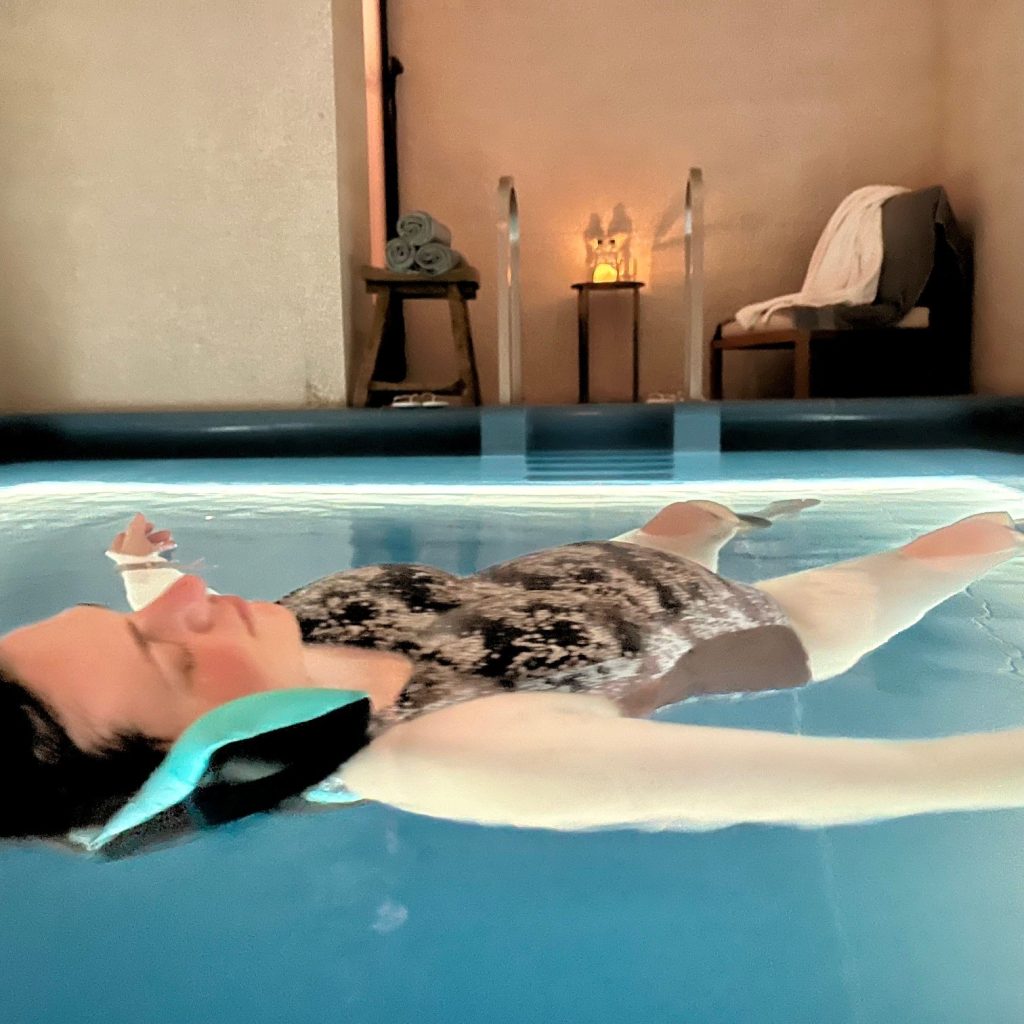Especially for Pelvic Girdle Pain (PGP)
Pregnancy is a time of profound change — emotionally, hormonally, and physically. With these changes often come discomforts such as pelvic girdle pain (PGP), backache, and fatigue. One gentle yet effective way to manage these challenges is hydrotherapy — a therapeutic form of exercise conducted in warm water.
Whether you're newly expecting or navigating your third trimester, hydrotherapy offers a safe, low-impact environment for movement, relief, and preparation for birth.
What Is Pelvic Girdle Pain (PGP)?
Pelvic Girdle Pain (PGP) is a common condition affecting up to 1 in 5 pregnant women. It involves pain across the back of the pelvis (sacroiliac joints), the front (pubic symphysis), or both. Symptoms can range from mild discomfort to severe mobility limitations.
PGP can significantly affect a woman's quality of life, making daily tasks such as walking, climbing stairs, or turning in bed painful and difficult. Early diagnosis and appropriate treatment, including physiotherapy and exercise, are key to managing PGP. The Royal College of Obstetricians and Gynaecologists (RCOG) advocates for early intervention, noting that timely support can dramatically improve outcomes.
What Is Hydrotherapy?
Hydrotherapy, or aquatic therapy, is the use of water for pain relief and physical therapy. It has been used for thousands of years — from ancient Roman bathhouses to modern rehabilitation clinics.
In pregnancy, hydrotherapy typically involves gentle exercises performed in a heated pool (not exceeding 35°C) under the guidance of a trained physiotherapist.
Benefits of Hydrotherapy During Pregnancy
1. Pain Relief & Pelvic Support
The buoyancy of water reduces the pressure on joints, ligaments, and muscles. This can significantly ease symptoms of PGP, lower back pain, and other discomforts caused by the extra weight of pregnancy. Hydrotherapy is often the first recommended form of exercise for pregnant women experiencing pelvic pain.
2. Improved Circulation & Reduced Swelling
Standing in water up to the waist acts like wearing a pair of compression garments. The pressure helps return fluid from the legs to the heart, reducing leg cramps, ankle swelling (cankles), and varicose veins.
3. Strengthening the Pelvic Floor
Hydrotherapy classes often incorporate pelvic floor exercises. These help build muscle tone and flexibility, preparing the body for delivery and reducing the risk of postnatal incontinence.
4. Cardiovascular & Muscular Conditioning
Water provides gentle resistance, making it ideal for maintaining cardiovascular fitness and muscular strength without putting strain on joints. It supports healthy weight gain, builds endurance for labour, and helps prevent excessive fatigue.
5. Improved Mood & Sleep
Hydrotherapy promotes relaxation, better sleep, and emotional wellbeing, all of which are vital during pregnancy. The supportive social setting of group classes can also reduce feelings of isolation and anxiety.

Is Hydrotherapy Safe During Pregnancy?
Yes — when done correctly. The Chartered Society of Physiotherapy (CSP) and Aquatic Therapy Association of Chartered Physiotherapists (ATACP) recommend hydrotherapy as a safe option during pregnancy with certain precautions:
- Water temperature must not exceed 35°C.
- Avoid pools over 32°C when doing active exercise to prevent overheating.
- Immersion should be limited to 10–15 minutes in warmer pools.
- Hydrotherapy should be avoided in certain conditions like pre-eclampsia, placenta previa, unexplained bleeding, or a history of miscarriage — a medical referral and risk assessment are essential.
- Initial assessment with a physiotherapist is important to ensure the exercises meet your needs and pregnancy stage.
Who Can Benefit?
Hydrotherapy during pregnancy is particularly useful for those with:
- Pelvic girdle pain (PGP)
- Lower back pain
- Swollen feet and ankles
- Reduced mobility
- Poor sleep
- Stress and anxiety
- Limited access to land-based exercise
It's also ideal for women with joint hypermobility, obesity, or reduced fitness, providing a safe reintroduction to movement.
What Happens in a Typical Antenatal Hydrotherapy Class?
Classes, usually offered from the second trimester onwards, are led by women's health physiotherapists. Sessions often include:
- Gentle cardiovascular warm-ups
- Pelvic floor and core strengthening
- Stretching and balance work
- Education on postural awareness
- Relaxation and breathing techniques
- Peer support and guided discussion
Each session usually lasts 30–45 minutes. A referral from a midwife or GP may be required depending on the provider.

Historical & Scientific Background of Hydrotherapy
Hydrotherapy is grounded in both traditional and modern science. It works through the thermal (heat-related) and mechanical (pressure and buoyancy) effects of water. Warm water relaxes muscles, enhances blood flow, and reduces pain perception by stimulating endorphins. It also encourages lymphatic drainage and detoxification, making it particularly beneficial for reducing pregnancy-related swelling and fatigue.
Its historical roots go as far back as 4500 BC, and its use continues today in hospitals, private clinics, and maternity centres worldwide.
Key Takeaways
- Hydrotherapy is safe, effective, and low-impact, making it ideal for pregnancy.
- It helps manage pelvic girdle pain (PGP), improve circulation, reduce stress, and prepare the body for labour.
- Always consult a healthcare provider before beginning hydrotherapy.
- Avoid overheating, and make sure water temperature is monitored and the environment is professionally supervised.
- When properly applied, hydrotherapy can improve physical and emotional wellbeing throughout pregnancy and postnatally.
Want to Try It?
Check with your local physiotherapy clinic, maternity hospital, or NHS Trust to find out about antenatal hydrotherapy classes. Some options may be available via self-referral or private healthcare.
You can also consult:
All Photos by Helena Eflerova





